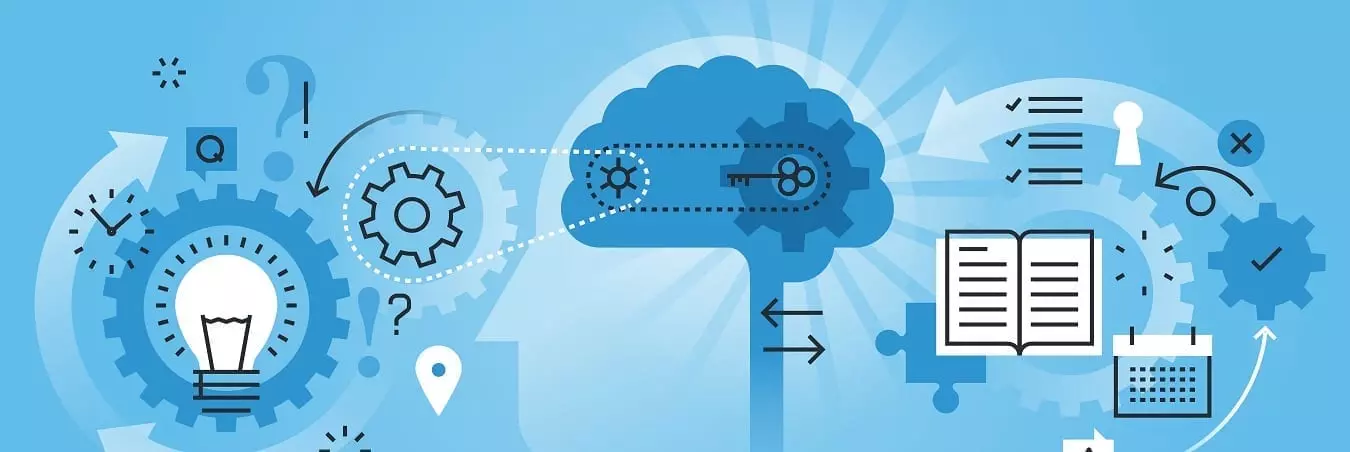
Machine learning and artificial intelligence (AI) are two of the most exciting technologies currently being developed and applied within industries around the world. Their potential is almost limitless and their gradual implementation in various fields and sectors have been mostly met with widespread acclaim.
The education sector is one of the industries set to benefit from the implementation of machine learning technologies in and around the classroom and various applications already exist that are helping schools, colleges and universities in making the transition to these new, ground breaking technologies.
In this article, we’ll be looking at five ways in which machine learning is transforming both education and the classroom, however, before we get into that, let’s take a brief look at how machine learning came to be one of the most exciting technologies to ever hit the classroom.
Machine Learning in the Classroom
The idea of artificial intelligence being used within the education sector is an idea almost as old as the concept of AI itself. Since as early as the 1960’s, futuristic self-aware robot teachers or HAL 9000 inspired “oracles” have both been floated as possible ways in which AI and machine learning could be used within the education sector.
However, these iterations are much more complex and much less useful than the ones we’ll discuss in this article.
In the past, physical hardware and the advent of computers and the internet have helped revolutionize the way we teach and learn, now, with the advent of intelligent technologies powered by AI or machine learning, we can look to revolutionize our educational operations once again.
Alongside AI and machine learning, wireless communications networks, augmented reality applications, real-time data analytics and virtualized learning environments have all emerged in recent years and can be combined with AI and machine learning to further enhance the benefits of machine learning technologies within classrooms.
5 Ways Machine Learning is Transforming Education and the Classroom
So, now we’ve seen how AI and machine learning came to be such exciting innovations for educational purposes, let’s take a look at a few of the ways in which these technologies are changing and transforming the way in which we both educate and learn.
Prediction & Pathways
Using the unrivalled power of AI and machine learning systems to predict outcomes based upon pre-existing sets of data, learning pathways could be generated for individual students that are either looking to improve specific areas in their home study periods or those whom their teacher or lecturer feel would benefits from extra attention spent on a certain topic of subject area. This can help teachers to improve their student’s knowledge and “fill in the gaps” they may have in the run up to important exams and deadlines.
Customized Content
Machine learning within interactive educational tools can give rise to a more targeted, more concise type of educational content. This content can be customized to suit each individual learner based upon the data collected through their engagement with other software or applications or based upon their own personal learning pathway. Customized content can, like the previously mentioned prediction and learning pathways technologies being developed and tested, help students gain a deeper understanding of a subject area. Customized content could also be used within our next area of focus, virtual and classroom technologies.
Virtual & Classroom Technologies
Virtualization and gamification are two trends that are currently sweeping across nearly every industrial and commercial sector on the planet. Virtualization of educational and learning zones can help to build engagement with students and learners who may otherwise struggle with traditional teaching methods such as textbooks or blackboards. Augmented reality applications, for example, could use machine learning technologies to further enhance their potential applications and could be used across schools and colleges to both drive up student engagement and begin to implement “smart” technologies across the school.
Tracking & Tutoring
Big data and analytics software have gone hand in hand for the last few years now. However, while some attempts have been made to integrate big data and analytics into student performance tracking and personalized tutoring, even fewer have attempted to integrate machine learning into this mix. Machine learning, when used to track student performance and tutoring requirements could be used to alert schools and colleges of how well students are doing and if they fall below a certain level of attendance or grades. These systems could then be used to identify they area(s) in which the student is struggling and generate a tutoring plan to address these issues.
Collaboration
Learning to work together in a team is one of the most important aspects students can learn during their time at school. With machine learning systems, collaboration efforts can be further enhanced through the implementation of internet, mobile, and machine learning technologies. One example of this is the app Brainly, which is being seen as a social media network for students to discuss and work out answers to their homework. Machine learning algorithms work out which users are genuine as well as which questions are spam while also verifying the answers submitted by students to answer their peer’s questions. There are even ways in which students can collaborate in order to come up with their own answer.